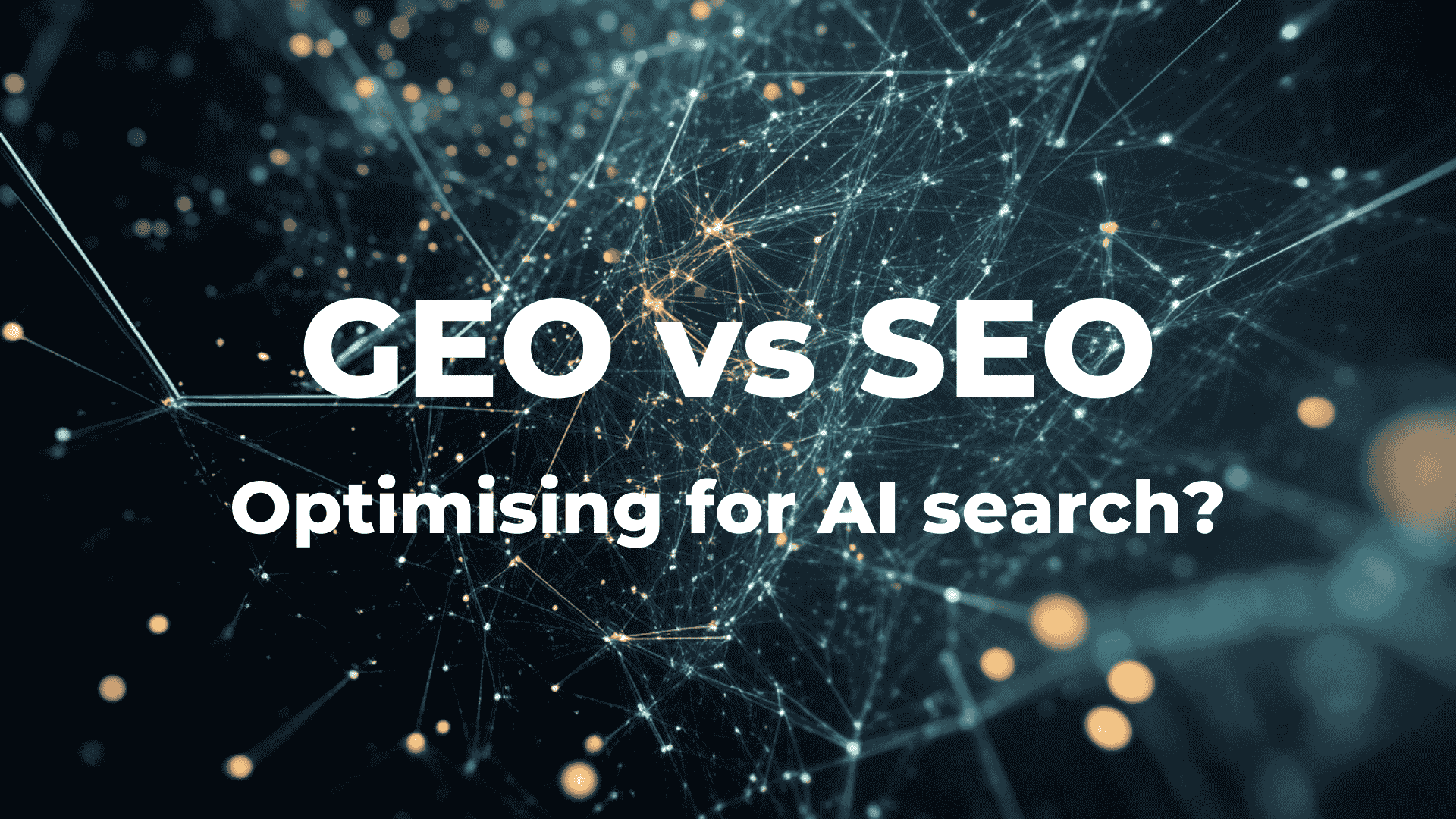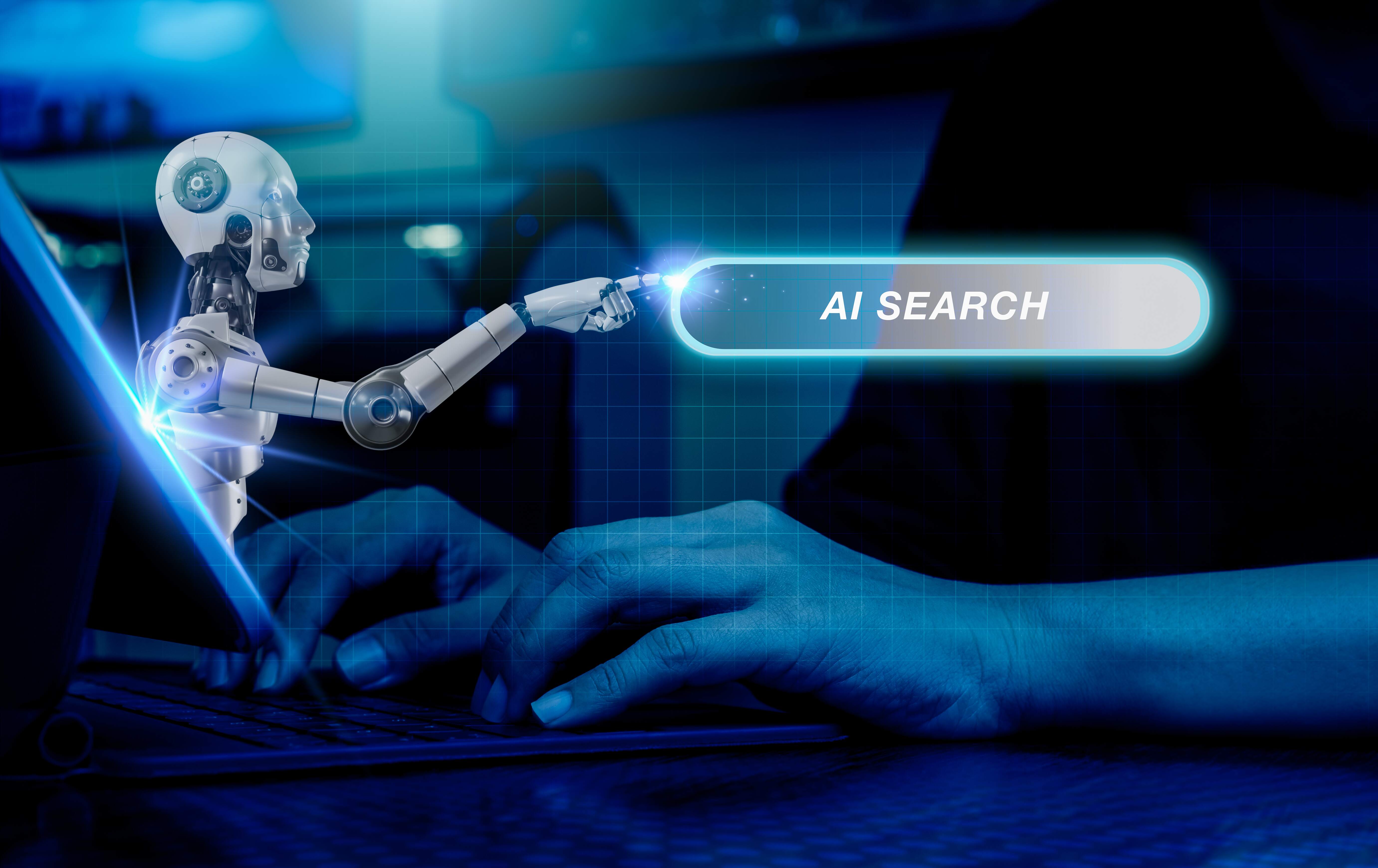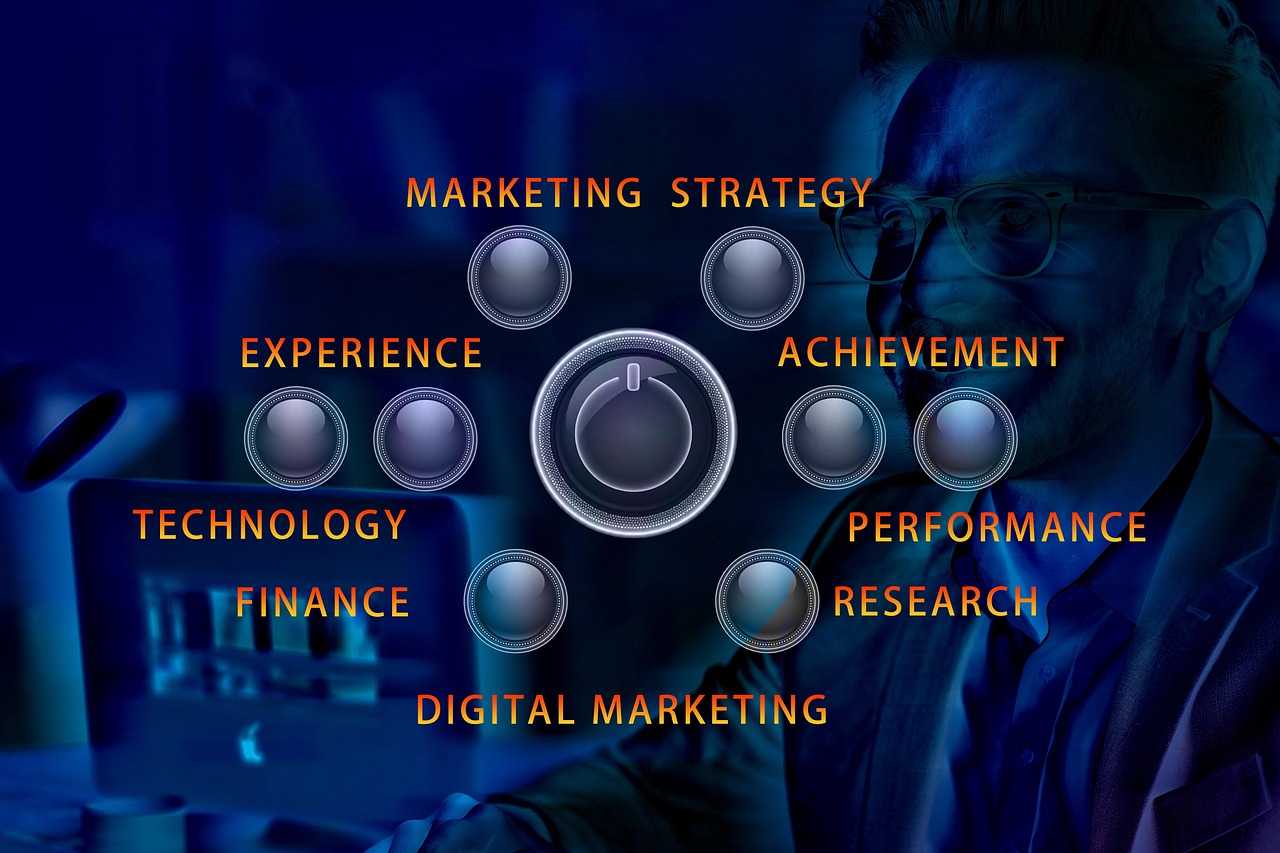
The landscape of search engine optimization (SEO) is undergoing one of its most profound transformations. As generative AI and advanced language models begin to power not only the way people interact with information but how search engines themselves surface content the old rules no longer fully apply. If you're still relying strictly on classic ranking signals and link-building playbooks, your strategy will soon feel obsolete.
In this article, we'll explore the future of SEO, focusing on key tactics for AI-powered search engines and highlighting the key differences you must understand. My goal is to offer you a roadmap tailored for both readers and search engines that helps you adapt with clarity, not confusion. We’ll cover:
Let’s dive in and prepare for what’s coming.
Before we jump into tactics, let’s make sure we understand the new ground we’re stepping onto. AI-powered search is not merely a fancy add-on; it changes the fundamental way content is discovered and delivered.
In many queries now, Google (and other engines) present AI Overviews or summary boxes that directly answer user questions. That means users sometimes get what they need without clicking through to your page.
Furthermore, Google’s evolving AI Mode turns its interface into a conversational assistant, combining multiple sub-queries behind the scenes to stitch an answer. These shifts drive up the number of zero-click searches, where the engine itself becomes the answer source.
AI-driven systems leverage user embeddings, context and past behavior to adapt answers. In other words, two users asking the same question may see different responses.Moreover, AI systems can reason across content types (text, video, images) and select the best modalities to respond. If your content isn’t multi-format or structured well, you may be bypassed.
As these AI-driven engines grow, new paradigms arise: Answer Engine Optimization (AEO) and Generative Engine Optimization (GEO). These are optimizations explicitly designed to win placement inside AI-generated answers, not just on classic result pages.Rather than focusing solely on keywords or backlinks, these approaches focus on structuring content, ensuring citation eligibility and optimizing relevance at a passage or inference level.
Understanding what changes and what doesn’t will help you evolve smartly. Below is a table summarizing
Traditional SEO focuses on driving clicks and page sessions, while AI-first SEO emphasizes earning mentions and citations within AI-generated summaries.
Old SEO targeted exact-match and long-tail keywords, whereas AI-first SEO optimizes for semantic meaning, latent intent and embedding alignment.
Traditional metrics include rankings, CTR and organic sessions. AI-first SEO tracks AI exposure, citation frequency, and passage selection.
Traditional content is mostly text-based articles and blogs, while AI-first SEO prefers multi-format content including images, videos, and structured data.
Old authority relied on backlinks and domain E-A-T, while AI-first SEO values earned citations, external trust, and entity recognition.
Traditional SEO optimizes at the page level, whereas AI-first SEO works at the passage, cluster, and cross-context level.
Earlier SEO had limited personalization by location or device, but AI-first SEO uses deep contextual personalization, memory, and embeddings.
Traditional rank tracking is static and logged-out, while AI-first SEO uses contextual, persona-based tracking to measure AI visibility.
You shouldn’t abandon your classic foundation. Technical SEO, site structure, page speed, mobile-friendliness these still matter. AI systems still read and index websites and depend on crawlers. However, the relative weight of those factors shifts. For example:
So, the difference isn’t “throw out SEO” it’s “upgrade your approach to align with AI-first logic.”
Now that you understand the landscape and the shifts, here are the tactics to prioritize. These are strategies that help your content earn visibility inside AI-powered results, not just in classic SERPs.
AI systems often break queries into sub-questions and retrieve candidate passages across documents. Your goal is to make those passages highly relevant and align them with the embeddings of likely sub-queries.
How to apply:
Since AI systems often treat queries as conversational prompts, aligning your content with that style helps. This is especially important for AEO.
Strategies:
AI engines judge content not just on text, but on its ability to support images, video, charts, infographics and anything that can help generate alternative outputs.
Tactics:
AI systems prefer to cite trusted, authoritative sources rather than self-promoting content. So, your content should aim to be citable.
Best practices:
Instead of focusing on exact keywords, optimize for related concepts, synonyms, and latent intent. AI systems examine cosine similarity between your content embeddings and query embeddings.
Approaches:
Because AI engines factor user context (location, behavior, past interactions), aligning content to personas and contexts gives an edge.
Tactics:
Traditional metrics like clicks and sessions may decline in an AI-first world. Instead, measure how often your content is cited or exposed in AI surfaces.
What to track:
Tools like Otterly.ai are emerging to help track AI visibility.
As AI systems evolve, volume of queries, user phrasing and search intent shift faster than before. So adaptability is crucial.
Steps to stay ahead:
You don’t need to rebuild your entire strategy overnight. Here’s a phased approach:
Pitfalls to Avoid
Phase 1 – Audit & Foundation: Start by evaluating your current content, identifying top-performing pages, finding structural gaps, and auditing backlinks and technical SEO.
Phase 2 – Pilot GEO/AEO Content: Test AI-first strategies on one or two cornerstone topics, optimizing for passage-level relevance, citations, Q&A format, and multimodal content.
Phase 3 – Expand & Cluster: Build content clusters by linking related optimized articles, increasing semantic breadth and depth across your site.
Phase 4 – Monitor & Refine: Track AI visibility, scrape AI summaries for mentions, and adjust content based on which passages are selected.
Phase 5 – Scale & Iterate: Roll out the approach site-wide, maintain content freshness, and continuously measure and refine your strategy.
Conclusion
SEO, as we’ve known it, is evolving into something broader, deeper, and more nuanced. As generative AI becomes an increasingly prevalent layer in search, content creators must shift from simply chasing rankings to earning inclusion earning citations, relevance and trust in a machine-mediated environment. Brainstormer Technologies is providing these services.
By adopting strategies like passage-level optimization, conversational Q&A structuring, multi-format content and authority building, you can position your content not just for classic SERPs but for the next generation of AI-powered discovery.

Learn how AI search is different from old search engines. Find out which one gives faster, smarter, and more personal results for US users and businesses.

AI search is changing everything. Discover how GEO vs SEO impacts your visibility and how to optimise for both Google and AI engines like ChatGPT.

Boost website traffic with AI search optimization. Learn key strategies to rank in AI-driven search engines like Google SGE, ChatGPT and Perplexity AI.

AI search engines like Gemini & Perplexity are changing SEO. Learn key differences, user trends and how to optimize content for AI-driven search.

Discover key digital marketing trends in the USA for 2025, from SEO and social media to AI and video. Learn how to grow your business online today.